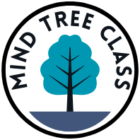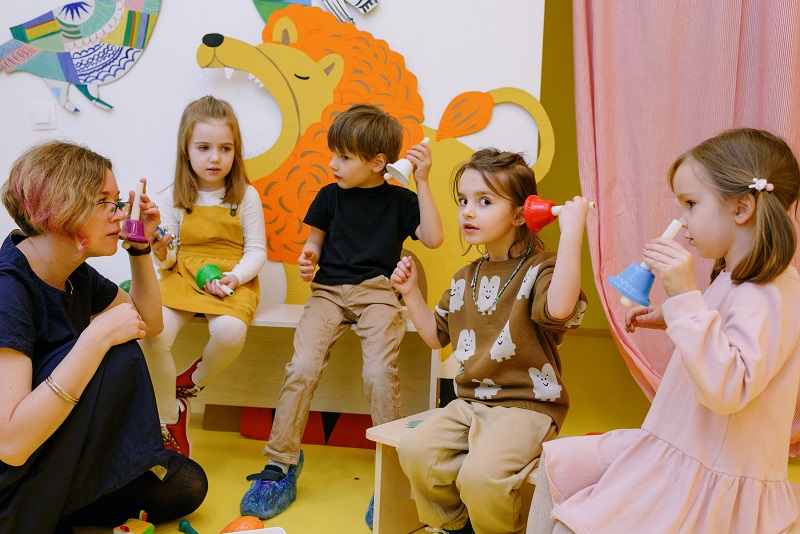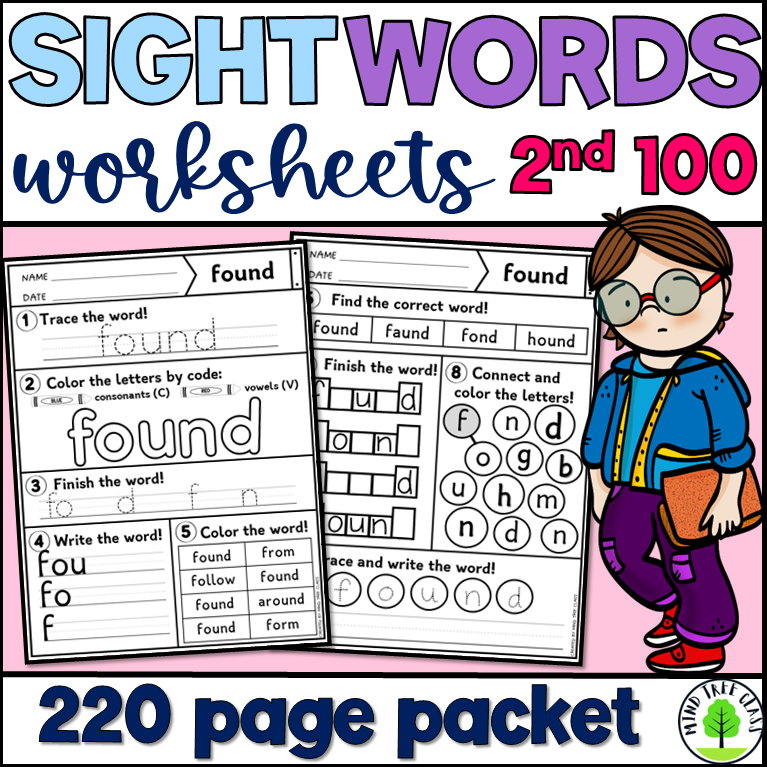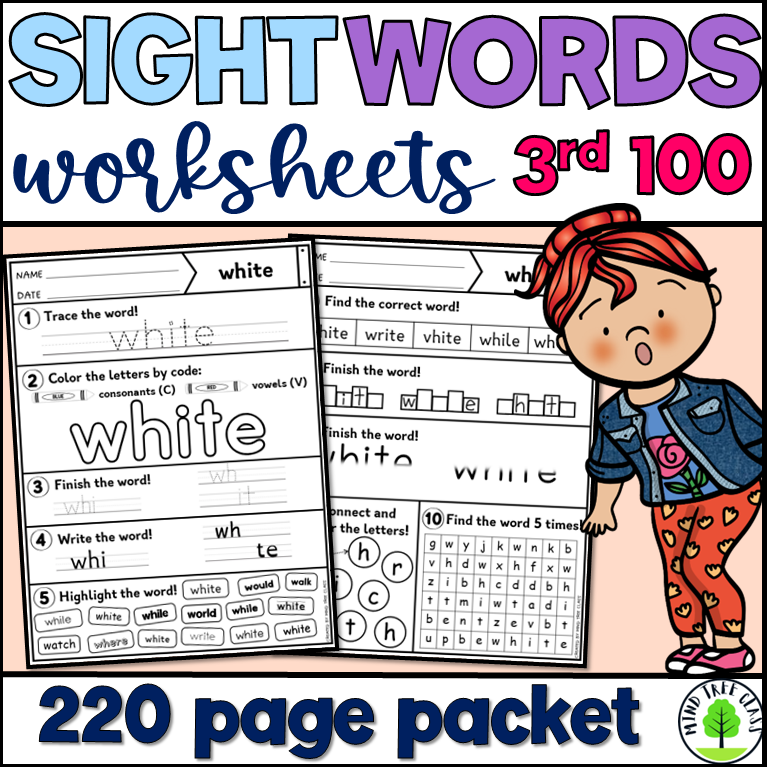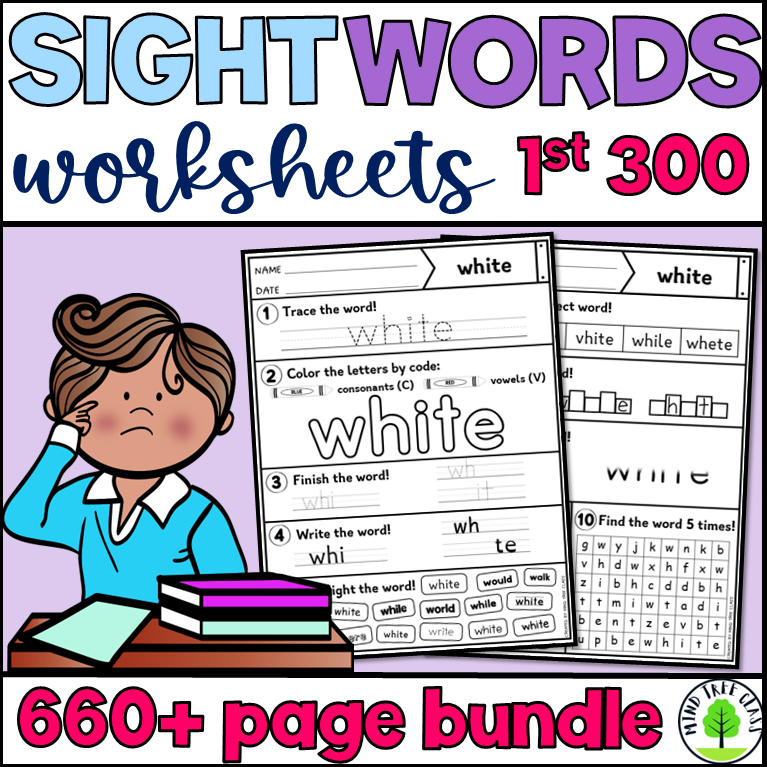Reading texts and coming across sight words is an integral part of our life, all of us read every day in different forms. Whether it is a WhatsApp message, blog post, book, or newspaper, then again it’s all reading. You can’t think of life without reading. So is the importance of learning to read. We teach students to read from their childhood. Now, we use many teaching methods and activities to make them read more easily. One such technique is teaching sight words early.
What are sight words?
Sight words are the most commonly used words in English. Sight words are the words that you see regularly when you read or write. Generally, there are approximately 1000 sight words in total, for example, a, an, the, of, and, here, there, have, give, etc. What’s more, sight words lists include various parts of speech and a big number of non-decodable (or irregular) words, for example, live, give, often, here, the, etc.
Why is teaching sight words important?
As we know, sight words occupy a major percentage of our texts. So for a beginner in reading, quick identification of sight words is the most important thing. This will reduce the friction to start reading.
Without a doubt, in today’s fast-changing world, it is more important than ever, to teach children sight words. Sight words are certainly the building blocks of vocabulary. By making capable children recognize and use sight words, they can build a strong foundation for learning other words. When the children can easily recognize and use sight words, they can read more fluently and with greater comprehension. And they equally stand better prepared for later literacy challenges.
Different sight words teaching techniques
We can quickly discuss five sight word teaching techniques.
See & Say
At any rate, it is a basic method in which a child sees the word on the board/textbook/ flash card and says it aloud while underlining it with her finger.
Spell Reading
In this method, the child says the word and spells out each letter individually, then reads the word.
Arm Tapping
It’s similar to spell reading, but her arm is used as a supporting tool. The child says the word and at the same time spells each letter out loud while tapping them on his arm, then combines all the letters and reads the word.
Air Writing
It’s another action-based technique. To clarify, in this method, a child says the word, then writes the letters in the air and reads the word.
Table Writing
This method uses writing, not once but twice to help students to memorize sight words. A child writes the letters first looking at them and then not looking at the flash card. For the second time, he had to recollect the word from memory.
Undoubtedly, these techniques will help to activate different parts of the brain. These five exercises come under the category of hands-on activities. The above action-based methods enable the child to remember these words. Now they will be placed into the child’s long-term memory.
Before starting sight words, a child needs to be able to recognize and name all the lower-case letters of the alphabet. Now, you know the importance of sight words and different teaching techniques. However, one thing should be remember every child is unique and will learn sight words at a different rate. For some, it’s very easy for some it will be difficult.
All in all, the main objective of teaching sight words is to build confidence in reading. By memorizing sight words, they can start to read more fluently. But do not force students to get by heart all the words at once, provide them time and allow them to catch it at their own pace.
With this in mind, you can read the blog posts about Orton-Gillingham Red Words, the importance of teaching sight words, and different opinions of teaching sight words.
